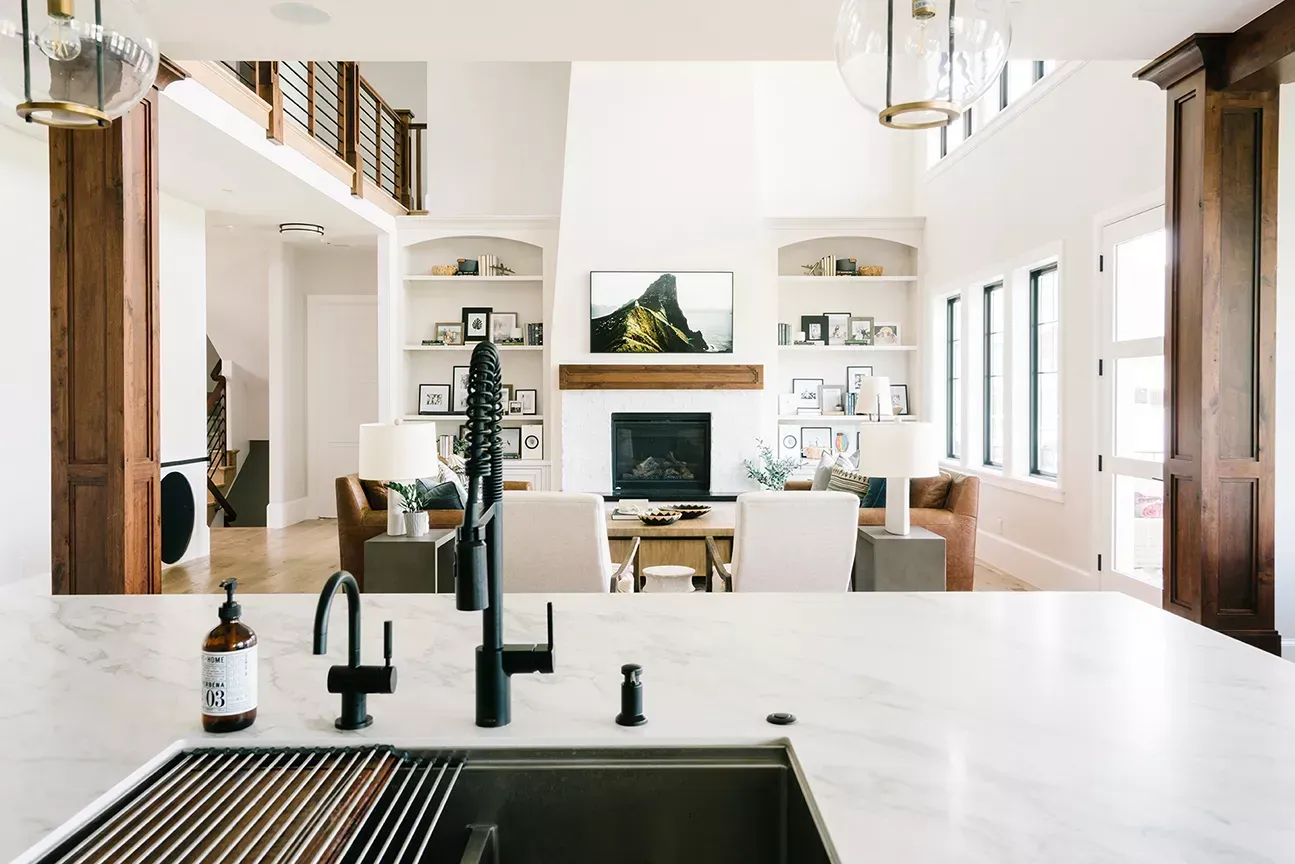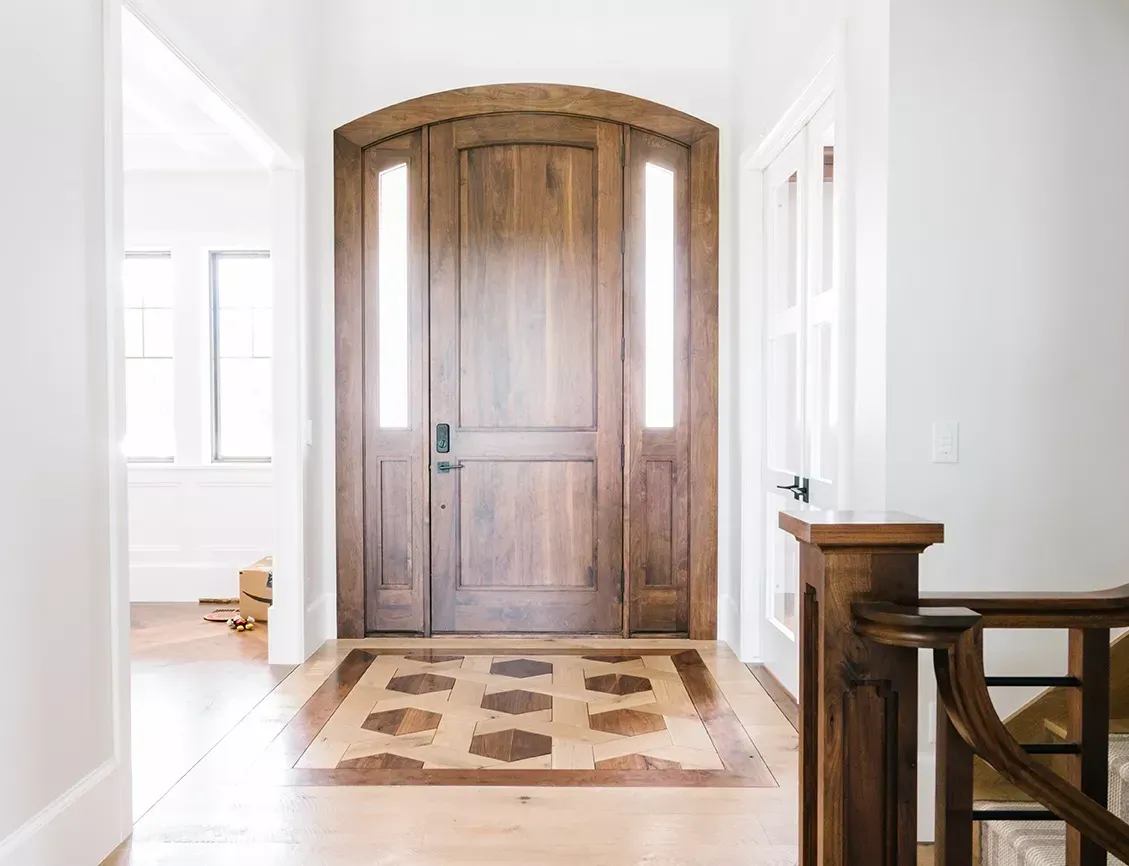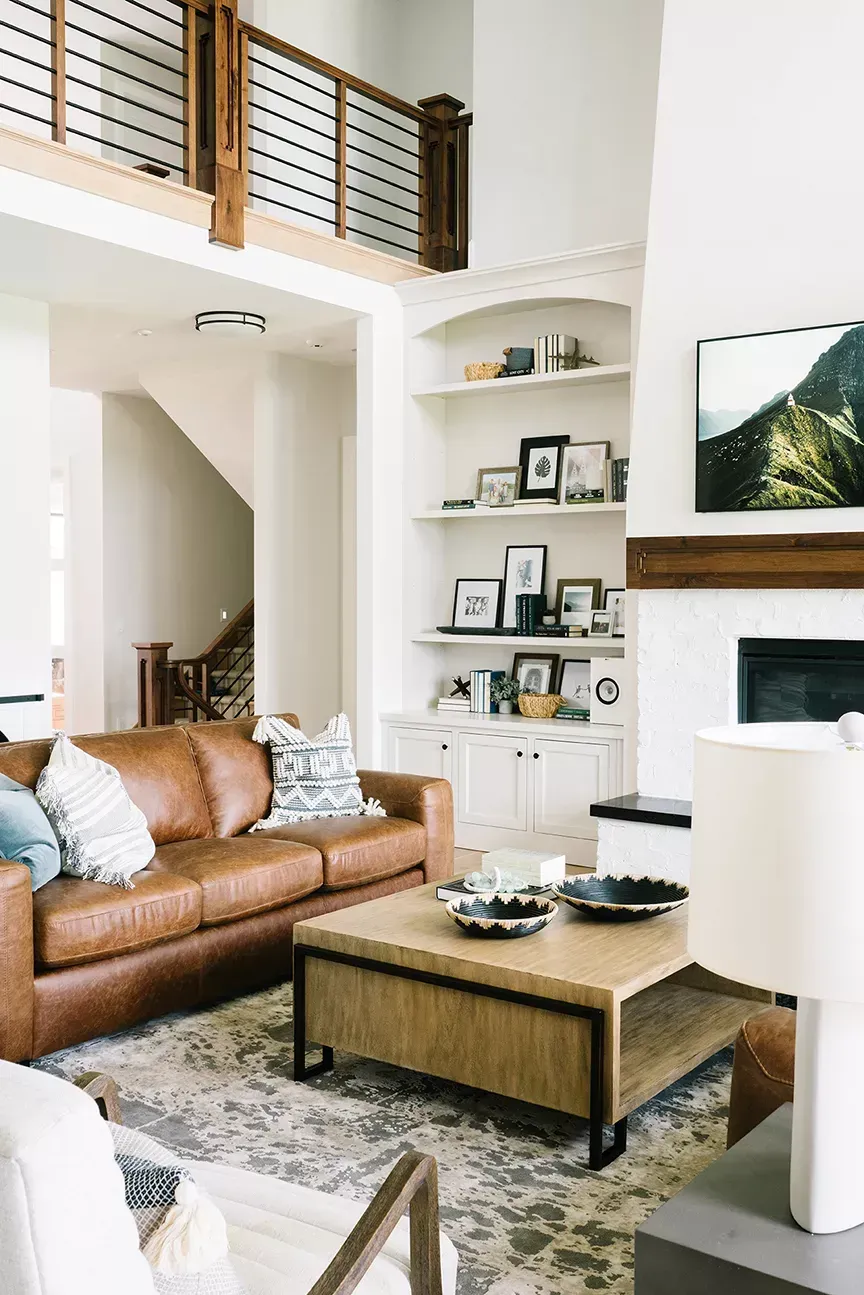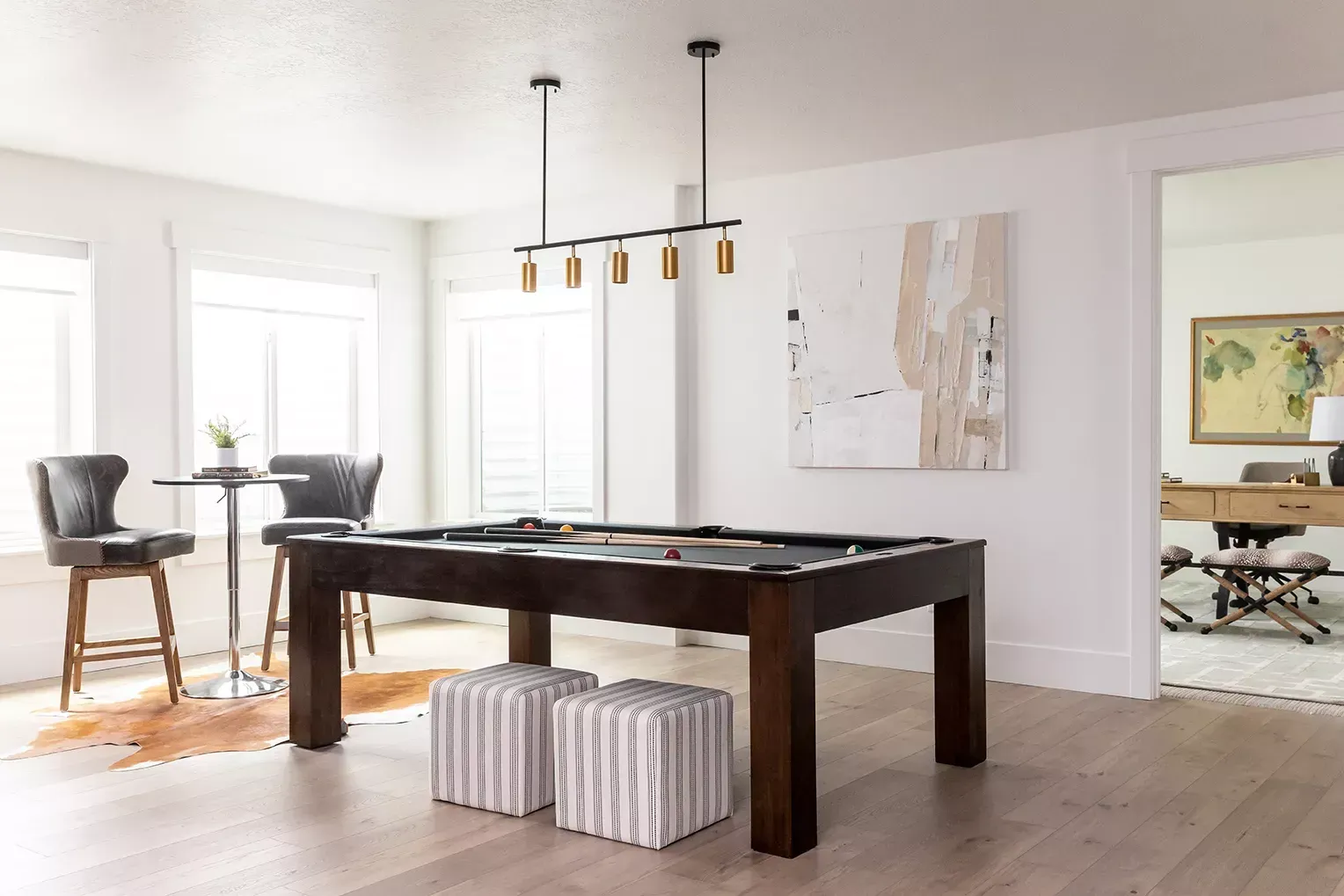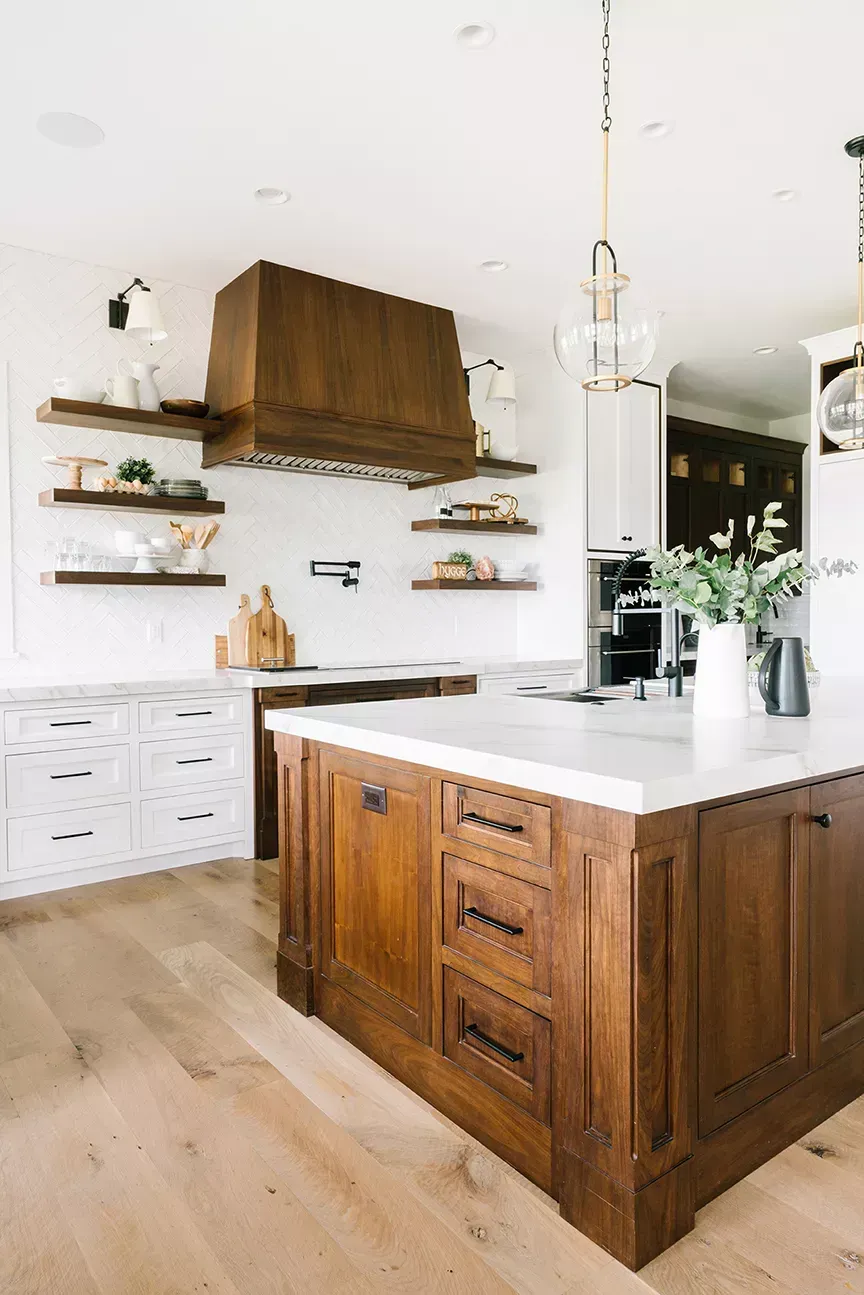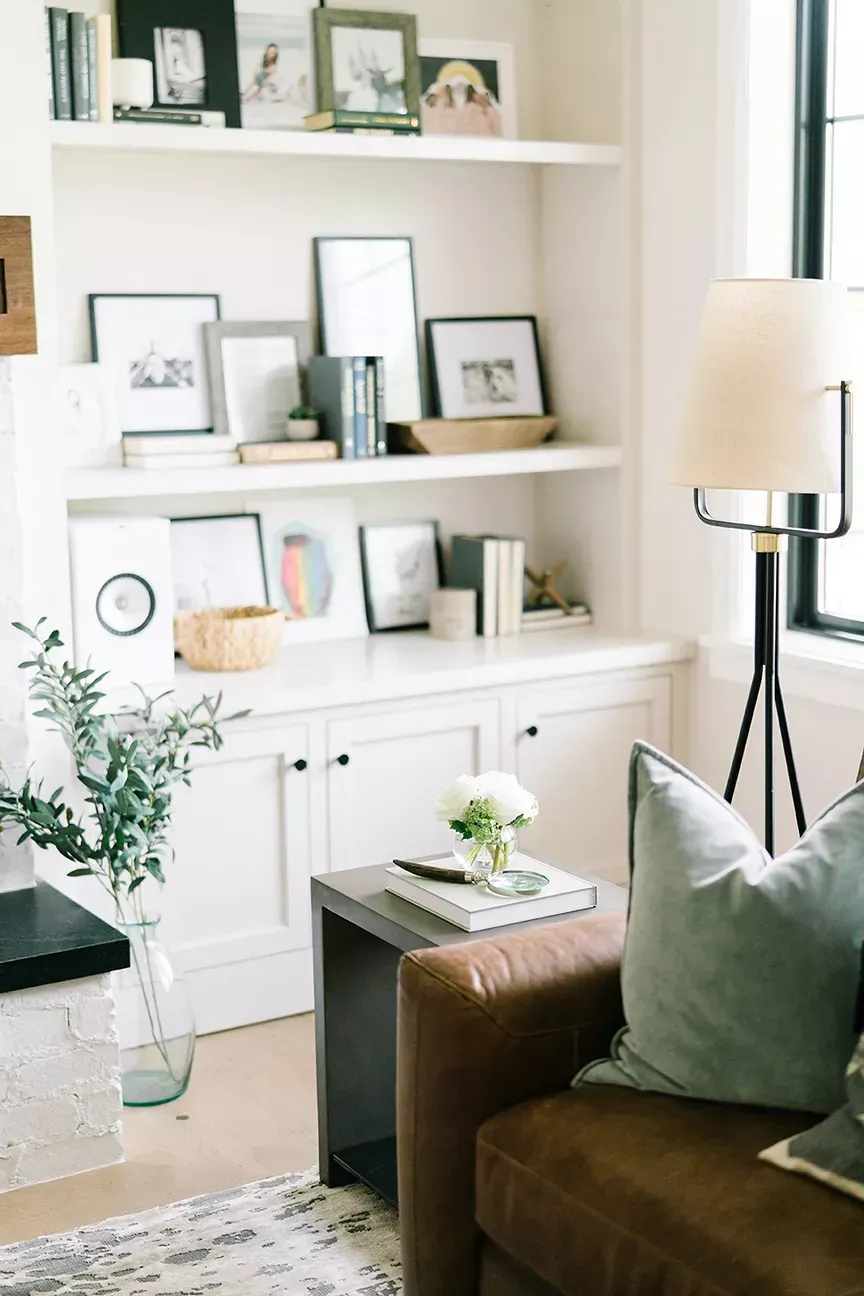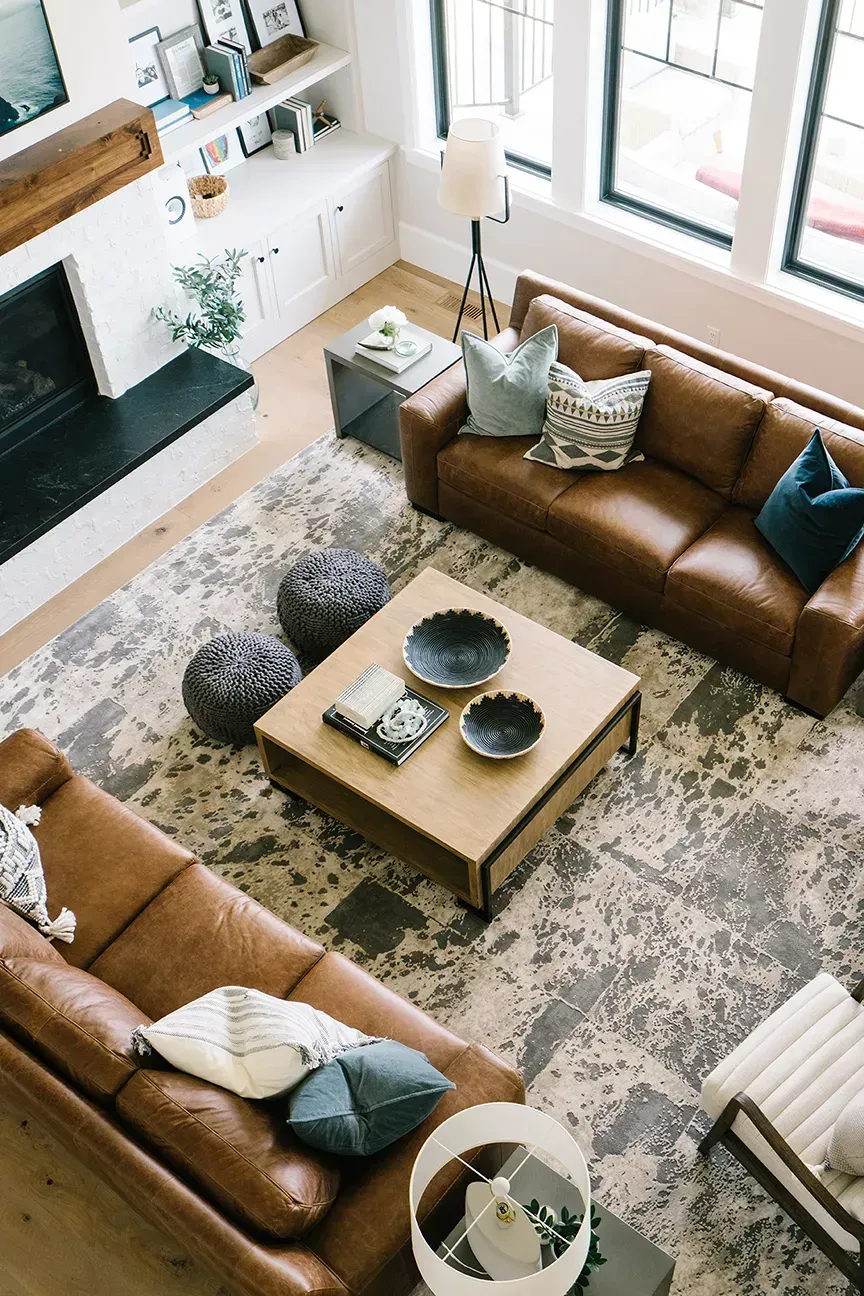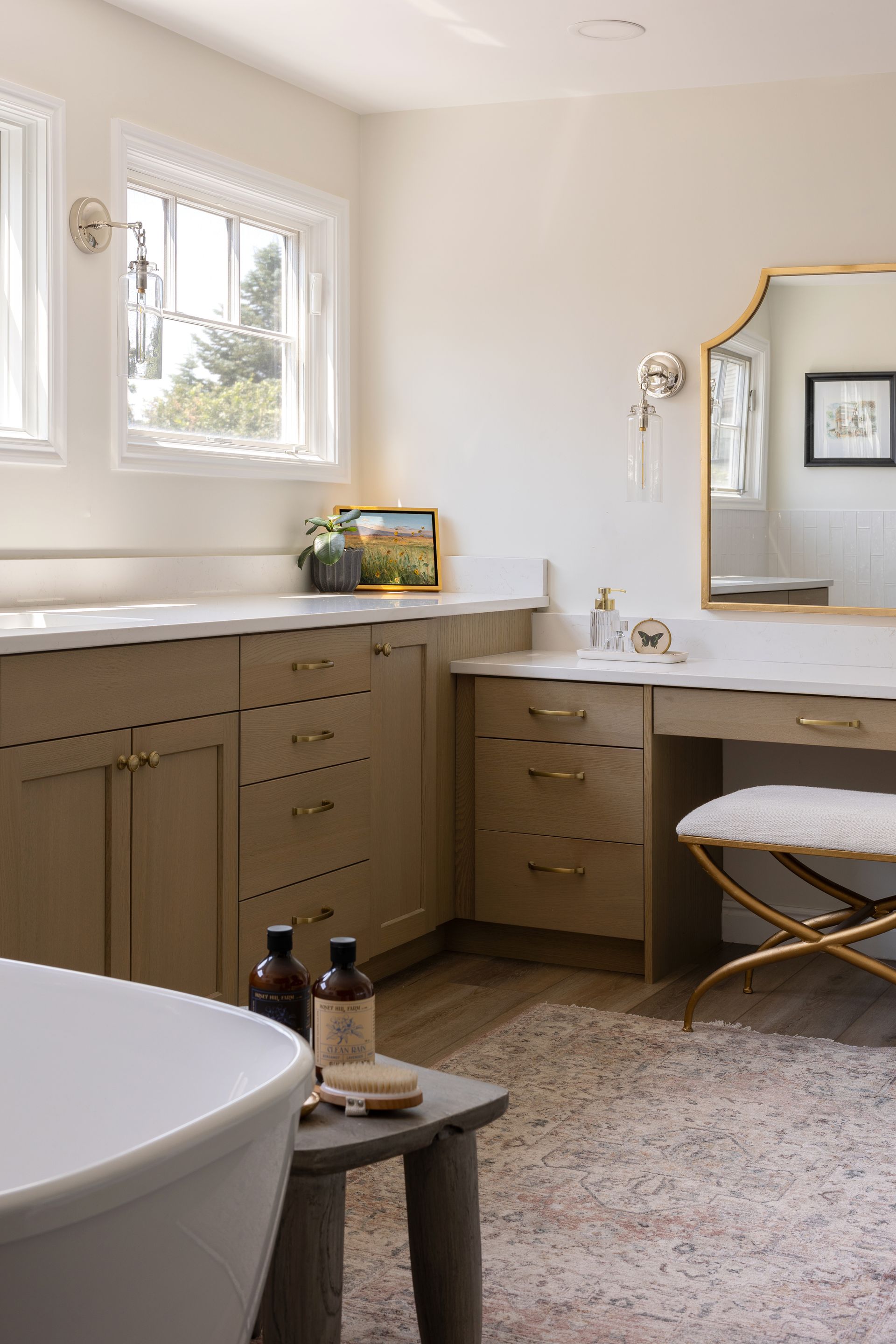The Art of Mixing Textures: Creating Depth and Interest in Your Space
Designing a beautiful home isn’t just about choosing the right colors or furniture—it’s also about incorporating different textures to add depth and dimension. A well-layered space feels inviting, visually appealing, and effortlessly stylish. But how do you mix textures without making your space look chaotic or mismatched?
Why Texture Matters in Interior Design
Texture is crucial in interior design because it affects how a space feels and looks. The right balance of textures can make a room feel cozy, sophisticated, or even luxurious. Without texture, a space can feel flat and uninspired. Thoughtfully layering materials and finishes create an environment rich in depth and character.
Key Elements of Texture in Design
Before diving into how to mix textures, it’s essential to understand the different types of textures you can incorporate into your space:
- Soft Textures: Fabrics like velvet, linen, wool, and cotton add warmth and comfort.
- Hard Textures: Materials such as wood, metal, glass, and stone bring structure and stability.
- Natural Textures: Elements like rattan, jute, and leather introduce an organic feel.
- Reflective & Matte Finishes: Glossy surfaces reflect light and create contrast, while matte finishes add softness and sophistication.
How to Mix Textures Like a Pro
1. Start with a Neutral Base
A neutral base allows different textures to shine without overwhelming the space. Whether it’s a soft cream wall, a sleek wooden floor, or a simple linen sofa, a neutral foundation provides the perfect canvas for layering textures.
2. Incorporate a Variety of Materials
Mixing multiple materials helps create depth and interest. Try combining smooth marble with rough-hewn wood, or sleek metals with plush fabrics. The contrast between these elements enhances the overall aesthetic.
3. Layer Soft and Hard Elements
Achieving balance is key when mixing textures. If you have many hard surfaces, like a glass coffee table or a stone fireplace, soften the look with cozy throws, area rugs, or upholstered furniture.
4. Play with Patterns and Weaves
Textures don’t just come from materials—they can also be found in patterns and weaves. Consider a woven jute rug, a herringbone wood floor, or a chunky knit blanket to introduce visual interest.
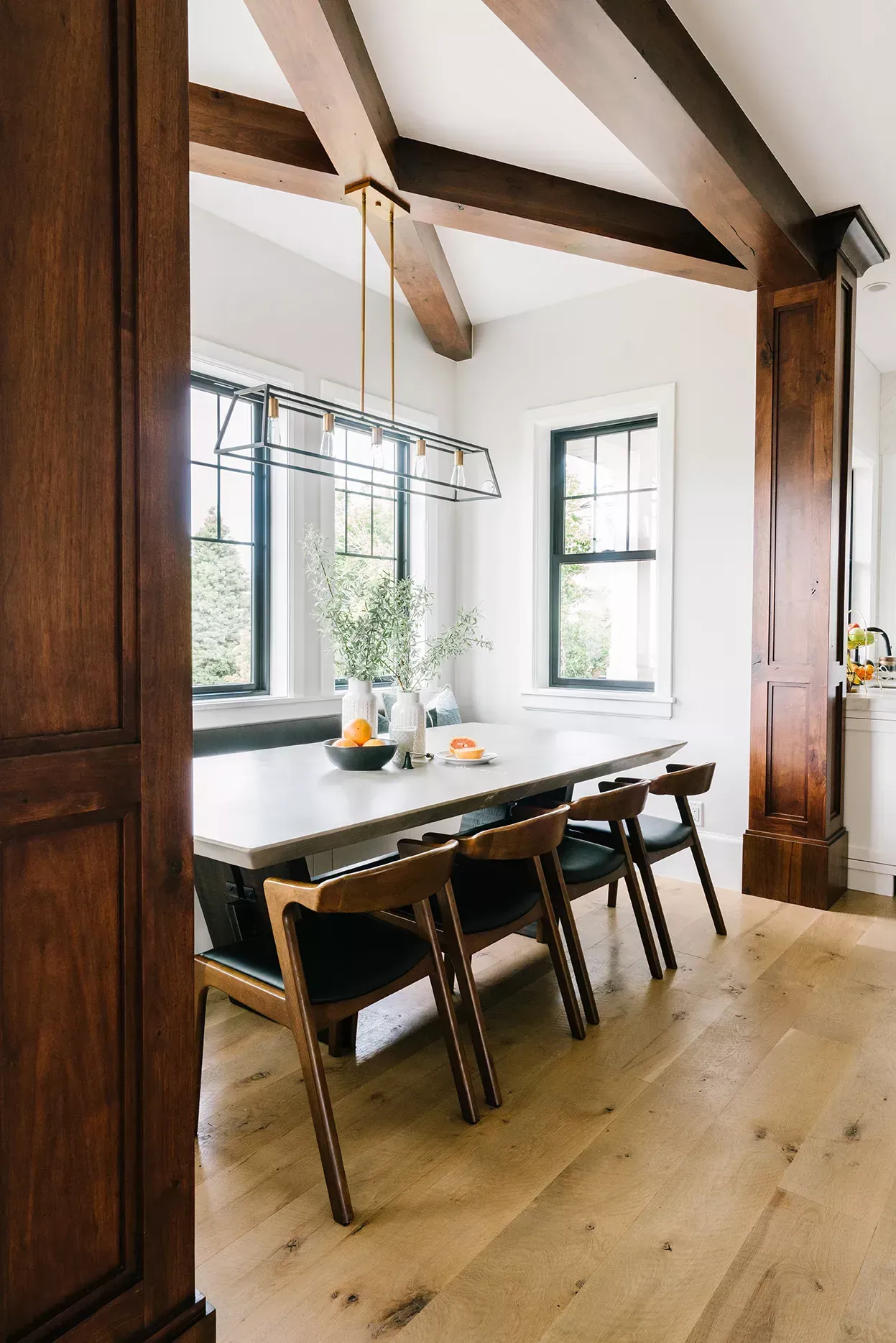
5. Use Contrast for Impact
The contrast makes texture combinations more striking. Pairing a sleek leather sofa with a fluffy faux fur pillow creates an intriguing balance. Similarly, mixing matte ceramics with glossy metals can add dimension to a room.
6. Incorporate Layered Lighting
Lighting can enhance textures by casting shadows and highlights. To emphasize different materials, use a combination of ambient, task, and accent lighting. A soft table lamp can highlight the grain of a wooden table, while a pendant light can enhance the shine of a metallic finish.
7. Consider Seasonal Adjustments
Textures can be swapped out seasonally to keep your space fresh. In colder months, add heavier fabrics like wool and velvet; in warmer seasons, opt for breathable linen and cotton.
Bringing It All Together
The key to successfully mixing textures is to maintain balance and harmony. Too many competing elements can make a space feel cluttered, while too few can leave it feeling uninspired. You create an inviting, visually engaging home that reflects your style by carefully layering different textures.
Why Hiring a Professional Designer Matters
While mixing textures can be a fun and creative process, achieving a polished and cohesive look requires an expert touch. That’s where the professionals come in. Their skilled team understands how to blend materials and finishes to create beautifully designed spaces tailored to your lifestyle and aesthetic.
With their expertise, you can avoid common design pitfalls and ensure that every texture, color, and material works harmoniously. Whether you’re redecorating a single room or designing your entire home, their guidance can transform your vision into reality.
Mastering the art of mixing textures is all about finding the right balance. Combining soft and hard elements, layering different materials, and playing with contrast allows you to create a stylish and inviting space. With the help of professionals, you can achieve a stunning, well-curated home that reflects your personality. Ready to elevate your space? Start mixing those textures today!
